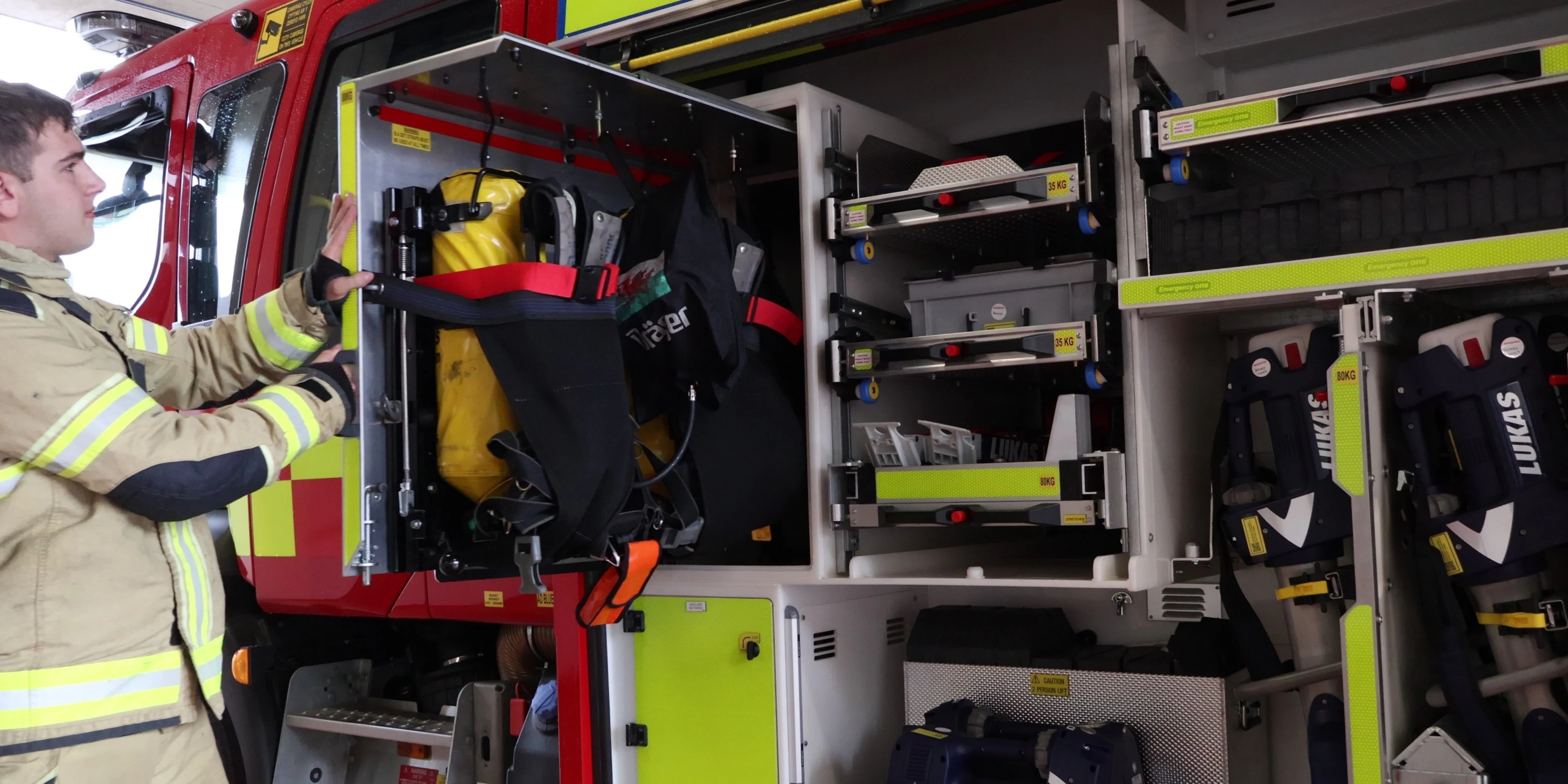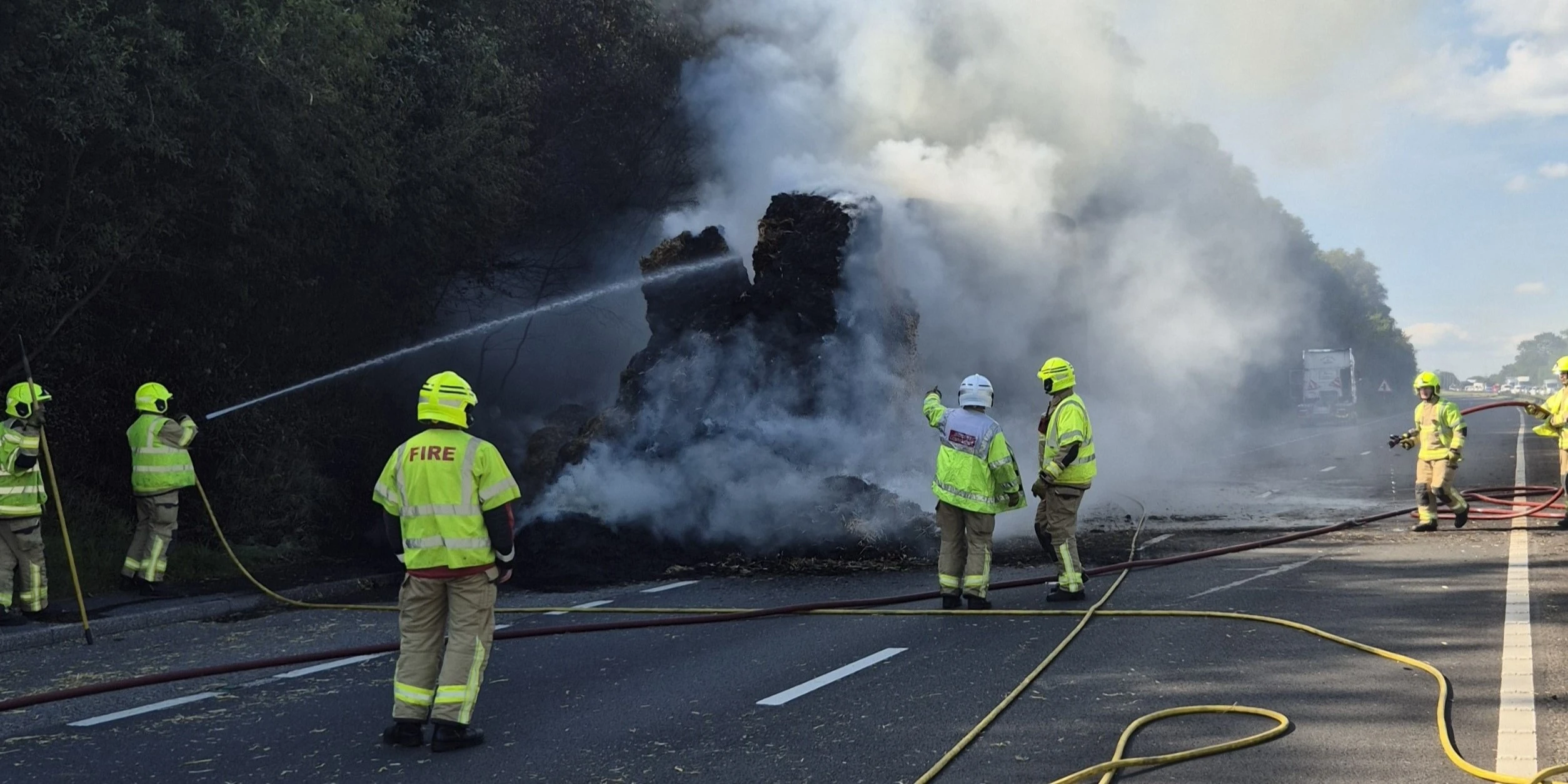Since its introduction in September last year, the Contaminants Project, led by a Contaminants Working Group, has developed and implemented significant improvements to Firefighter health and safety across Mid and West Wales Fire and Rescue Service (MAWWFRS).
The Project was launched following a variety of studies highlighting that Firefighters are exposed to a higher degree of contaminants in fires, which are linked to increased rates of cancer and mental health issues. The Working Group includes operational and non-operational personnel from several departments across the Service, giving a diverse cross section of the workforce which has ensured the Group has developed effective solutions to some of its challenges.
To develop improved working practices, the Working Group has digested several reports, including recommendations from FBU / UCLAN – Minimising firefighters’ exposure to toxic effluents which provides good practice for dealing with fire contaminants. On top of this, members of the group have been part of many national working groups including the National Fire Chiefs Council (NFCC) Risk Assessment group, the National NFCC Personal Protective Equipment (PPE) Committee and the NFCC Respiratory Protective Equipment (RPE) group which ensures as a Service we are at the forefront of best practice and developments in the FRS sector.
Speaking on the last 12 months of the Contaminants Project, the Project Lead, Group Manager Simon Pearson, said:
“When I joined the Service 29 years ago, Fire Stations would smell of smoke but, thankfully, this isn’t the case now. We ensure that our Firefighters take the necessary precautions following their attendance at incident that involves fire or harmful substances. They shower appropriately, bag their dirty fire kit before going back on to the fire engine and leave it outside of the Fire Station and place their breathing apparatus sets outside of the crew cab. These improvements protect our Firefighters from the harmful products of combustion.”
Improving internal communications with operational staff has been a key part of the Contaminants Project.
The introduction of an Operational Information Note has provided regular guidance for crews to ensure that dirty firefighting kit is dealt with effectively and efficiently for the safety of Firefighters and personnel collecting kit to be professionally cleaned, as well as keeping the cabs of fire engines clean. The Project Lead has delivered a presentation on the project to over 70 watches and Fire Stations, which has provided valuable feedback through open and honest discussions.
A new training package has been developed which is delivered on every Breathing Apparatus course, ensuring that all operational personnel have fire contaminants input every two years, which is a key recommendation of the FBU/UCLAN report.

A new clear cab appliance with added locker.

Firefighters at an incident.
Members of the Working Group have met with the Service’s Occupational Health provider to discuss the important role health monitoring and surveillance plays in the health of a Firefighter. The Working Group has worked to raise awareness of Read Codes, which are codes that individuals can register with their GP and can lead to a quicker and more accurate diagnosis of a health issue.
MAWWFRS Deputy Chief Fire Officer, Iwan Cray, commented:
"The World Health Organisation previously declared firefighting to be a carcinogenic profession and firefighters can attend incidents during their careers that may involve harmful substances. The Service's Working Group has been working hard to address the challenges and will continue to improve and address our response to reducing firefighter exposure to contaminants."
Future developments by the Working Group include researching and developing the principle of assigning areas within Fire Stations and highlighting them as either operational and non-operational areas.
This will assist crews to maintain a cleaner working environment, identifying locations in the station that may have operational equipment or fire kit stored.

Latest News
-
Incident: Barn Fire in Llandeilo
04.07.2025
-
Calon Tân Magazine: Summer 2025
04.07.2025

